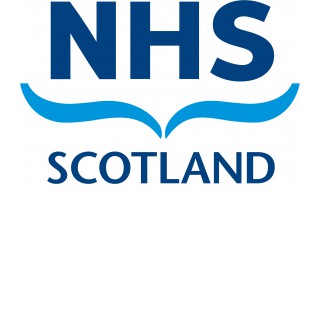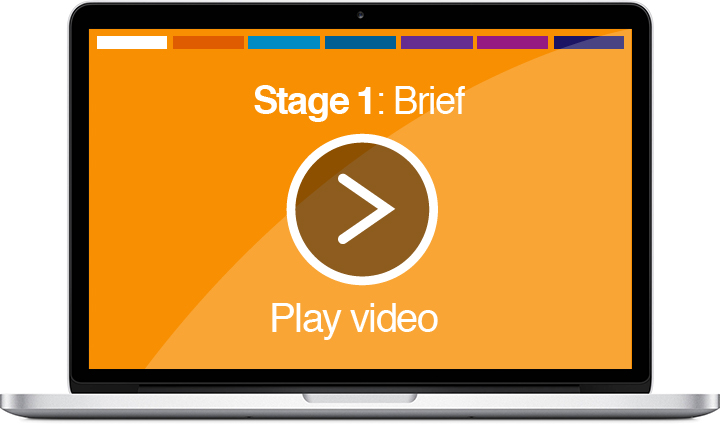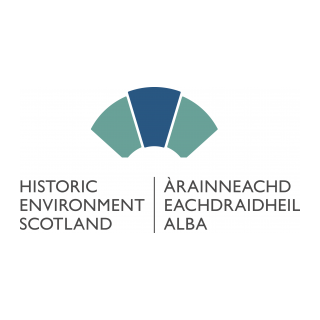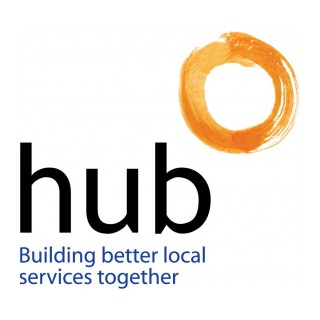During this initial stage, the client will have started to ascertain their Business Case and Strategic Brief along with other core project requirements and objectives. The client will also likely have started to appoint a team to support the project development.
This is a critical stage in the BIM process where the value proposition and desired outcomes of a collaborative and data-centric approach are established. To help ascertain the BIM return on investment the client should use the following SFT tools to determine a well informed decision on their level of BIM adoption and strategy for the project or programme of works.
SFT BIM Return on Investment Calculator (Available Apr 2017)
PAS1192-2 notes that at the briefing stage, the graphical model will either not exist or will inherit information from the AIM (for work on existing buildings and structures).
This leading stage is also when the “Soft Landings” process is normally instigated where performance targets are established and lessons learned from previous projects reviewed and considered as part of the strategic brief.
Requirements for collaborative and lean working practices should also be established with a clear strategy on information management and “common data environment (CDE)” functional requirements and implementation. Standards and processes that are to be utilised for information management and data delivery should also be decided and prescribed.
Considerations in relation to security of information should also be embedded within the project’s construction lifecycle processes. This should define appropriate and proportionate measures to reduce the risk of loss or disclosure of information which could impact on the safety and security of personnel and other occupants or users of the built asset and its services; the built asset itself etc.
The client should also have started to define information and data requirements to support the project’s and portfolio’s delivery / operational strategy and support the decision making process. These needs will need to be included in any early appointments and scope of service. Data requirements for input into other systems for example the clients Computer Assisted Facilities Management system should be defined and levels of data growth through the project (level of definition), responsibilities and timings of requirements stipulated. It is essential that supply chain capability and capacity for BIM and Information management be tested.
For further information in relation to this stage, please refer to the Brief Stage Video. For next steps within this stage, please refer to the Brief Stage Checklist and associated tasks listed on this page.
Brief
Tasks
-
BIM Grading & ROI Tools
-
Determine the Info Management & CDE Strategy
-
Determine the BIM / AIM / GIS Strategy
-
Strategy to Determine the Built Asset Security
-
Determine the Soft Landings Approach
-
Create the Project Lifecycle Process Map
-
BIM Level 1 Approach
-
BIM Level 1 - CDE Technology
-
File Naming Convention
-
Asset Classification System
-
Roles & Responsibilities BIM Level 1
-
BIM Level 1 - Organisational Readiness
-
BIM Level 1 - Requirements
-
Create an Information Strategy & Data Exchange Plan
-
Determine Soft Landings Approach
-
Determine Built Asset Security
-
Create Employers Information Requirements
-
Brief
Templates
-
NHS Scotland EIR Template
PDF (1.29 mb)
12 Mar 2017 -
NHS Scotland BIM Lifecyle Map
PDF (267.80 kb)
12 Mar 2017 -
NHS Scotland BIM Protocol
PDF (646.53 kb)
12 Mar 2017 -
NHS BIM Working Group
PDF (93.52 kb)
12 Mar 2017 -
CDE Scope of Requirements
XLSX (78.56 kb)
22 Jun 2017 -
Soft Landing Delivery Plan
XLSX (41.30 kb)
22 Jun 2017 -
Client Proj Info Manager ITT Template
DOCX (155.97 kb)
06 Jul 2018







